Created soon after Québécois painter Paul-Émile Borduas (1905–1960) settled in Paris, Blossoming overtly expresses a paradoxical adherence to what the critic Clement Greenberg calls “American-type painting.” In Paris Borduas felt more and more American, or at least North American, and less French; it had taken a move to France for him to become aware of this.
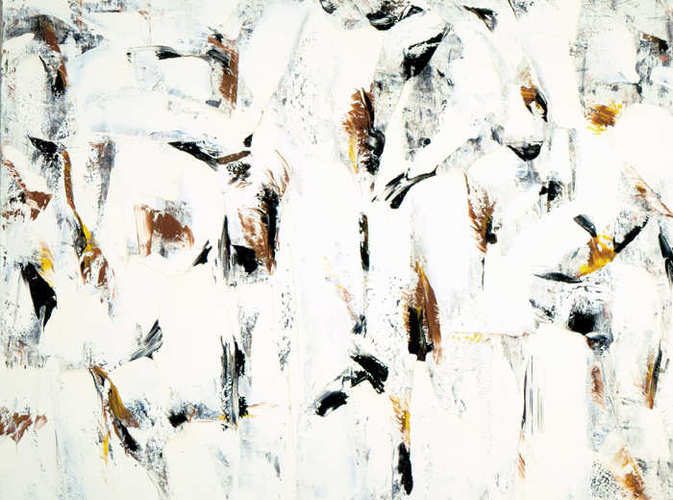
Paul-Émile Borduas, Blossoming (Épanouissement), 1956
Oil on canvas, 129.9 x 195 cm, Musée d’art contemporain de Montréal
Greenberg believed that modern European painting, by refusing to challenge its attachment to the well-composed image, gave way in prominence to the New York school of “all-over” painting, which would henceforth occupy the place previously occupied by the Paris school during the first half of the twentieth century. A true “all-over” painting—with no hierarchy among the elements and no major focal point—Blossoming gives the impression that it might easily continue beyond the edges of the canvas, or that even a fragment of the painting could create the same effect as the entire work. It is a testimony to the impact that New York painting had had on Borduas, and it distances him definitively from automatism as it was defined in the 1940s.
This Spotlight is excerpted from Paul-Émile Borduas: Life & Work by François-Marc Gagnon.
 Rococo Riff
Rococo Riff
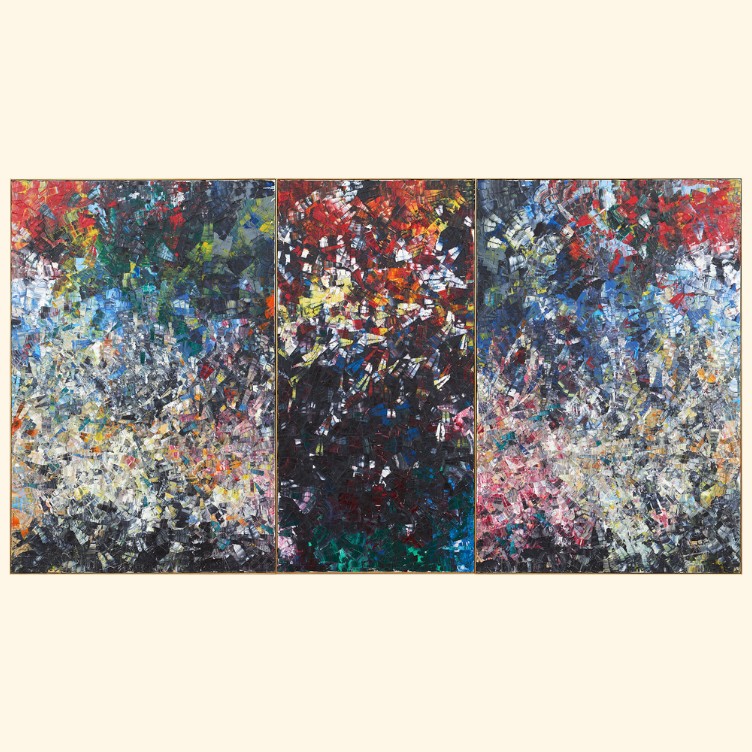 In Memory of Monet
In Memory of Monet
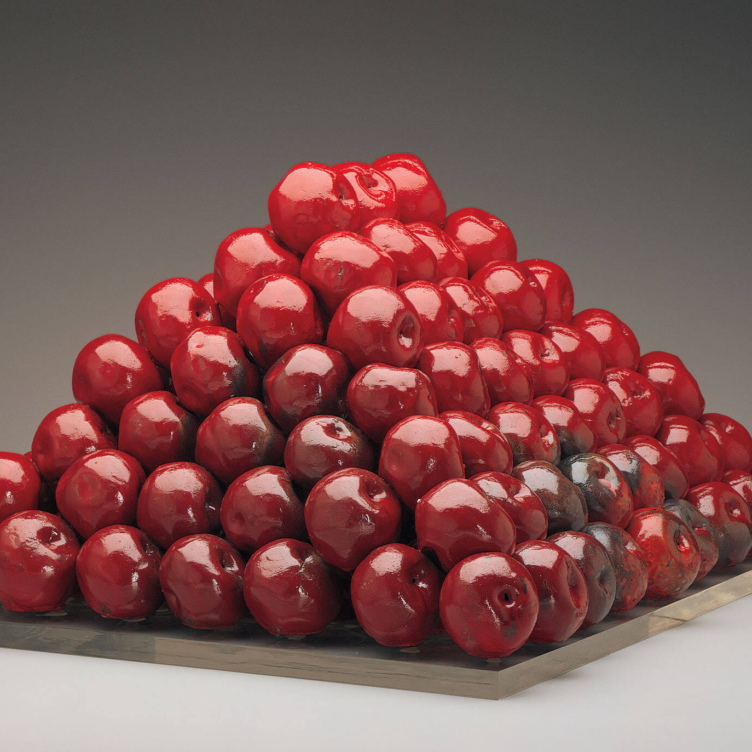 Pyramid Scheme
Pyramid Scheme
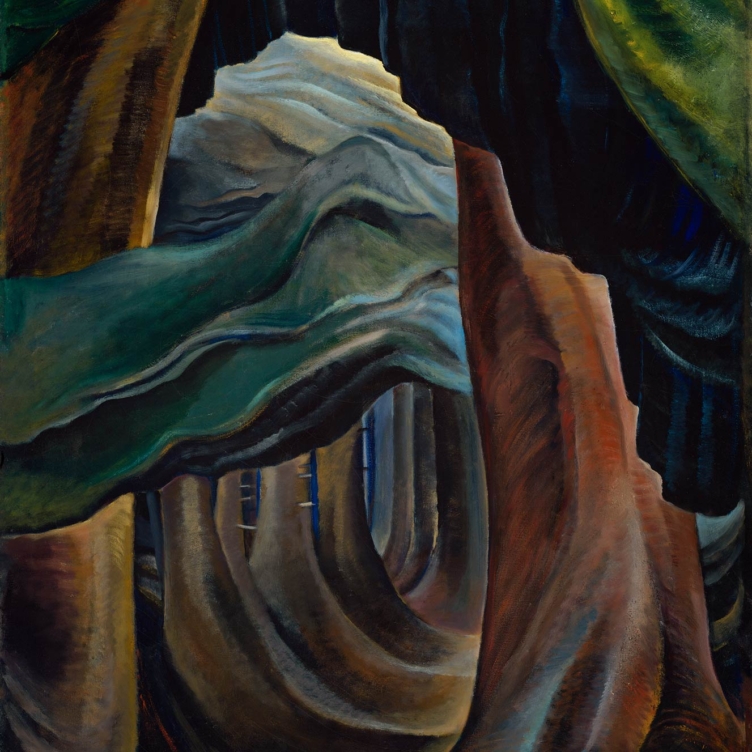 Transportive Trunks
Transportive Trunks
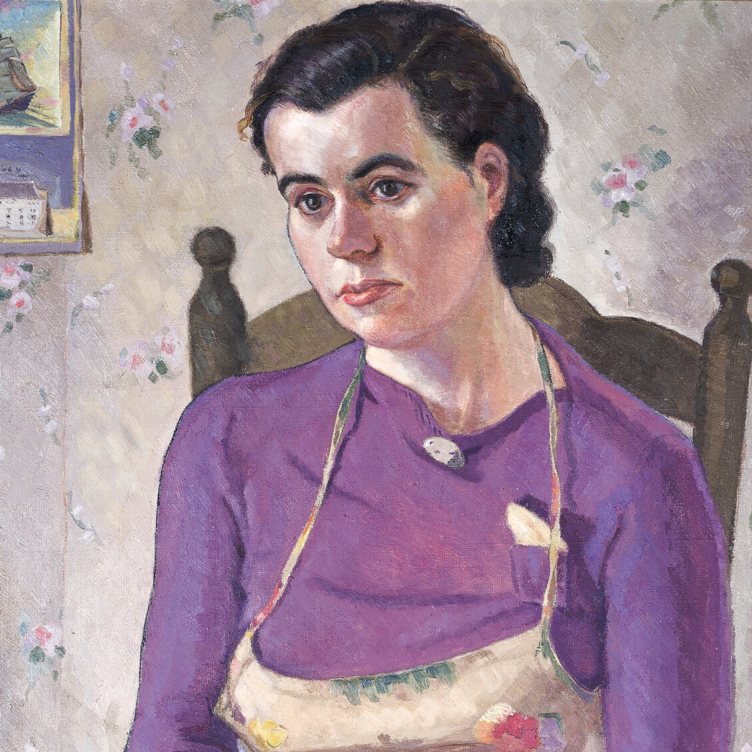 The Military Mate
The Military Mate
 Looking Up on the World
Looking Up on the World
 Vessel of Despair
Vessel of Despair
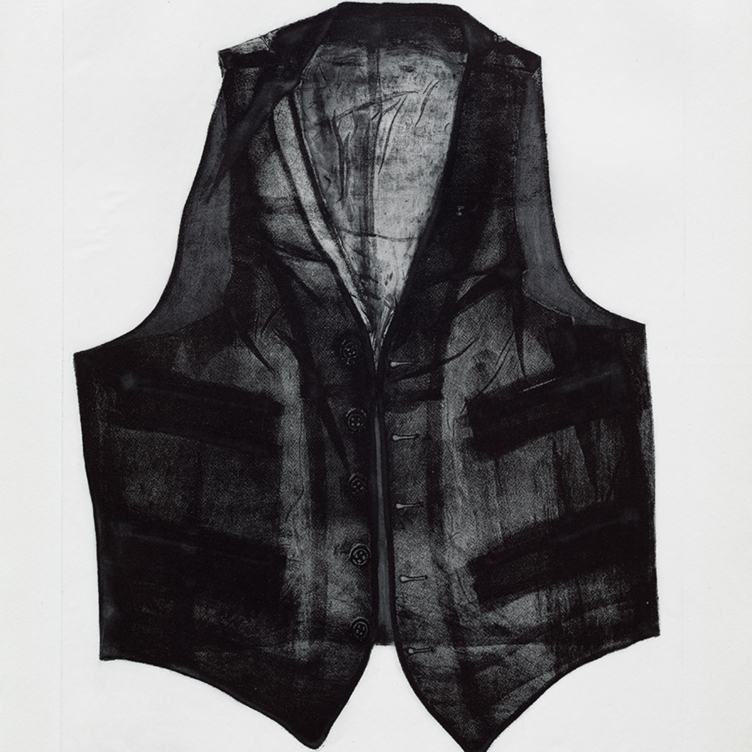 Layers of Meaning
Layers of Meaning
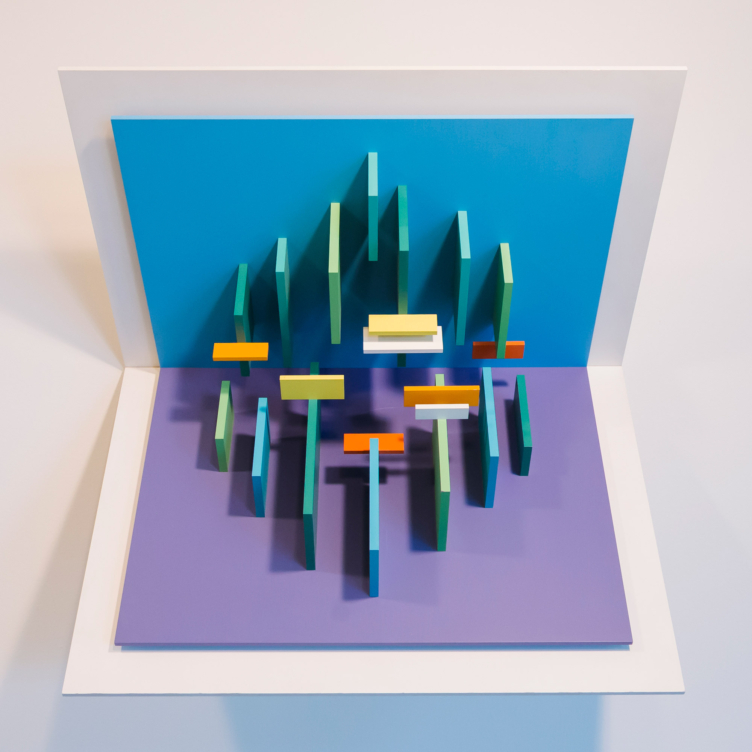 In Parallel to Nature
In Parallel to Nature
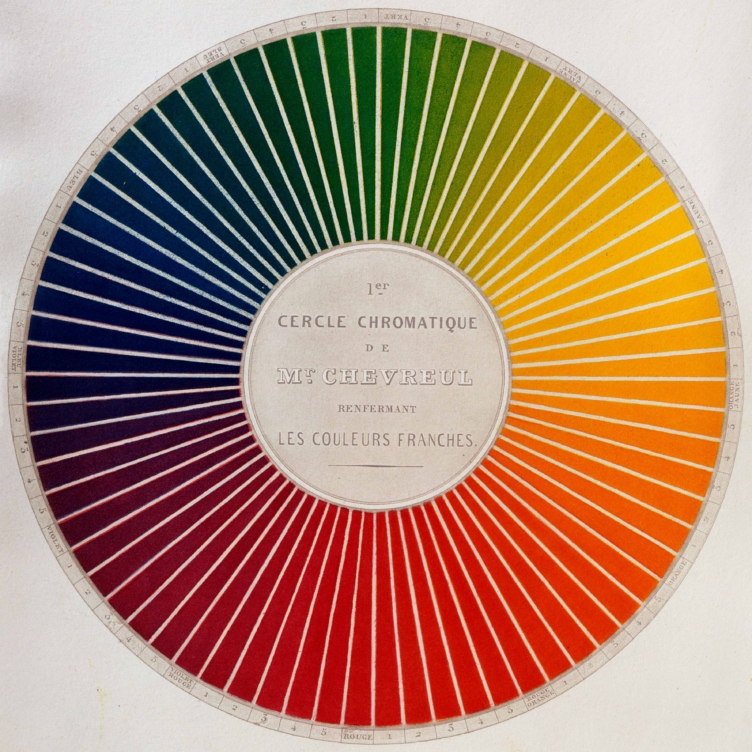 Wheel of Fortune
Wheel of Fortune
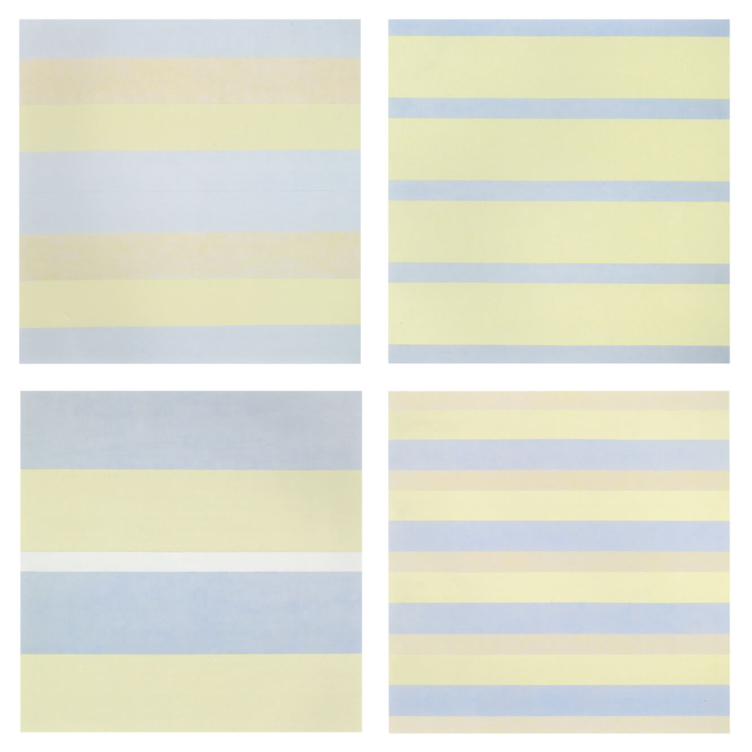 Paintings after emotional states
Paintings after emotional states
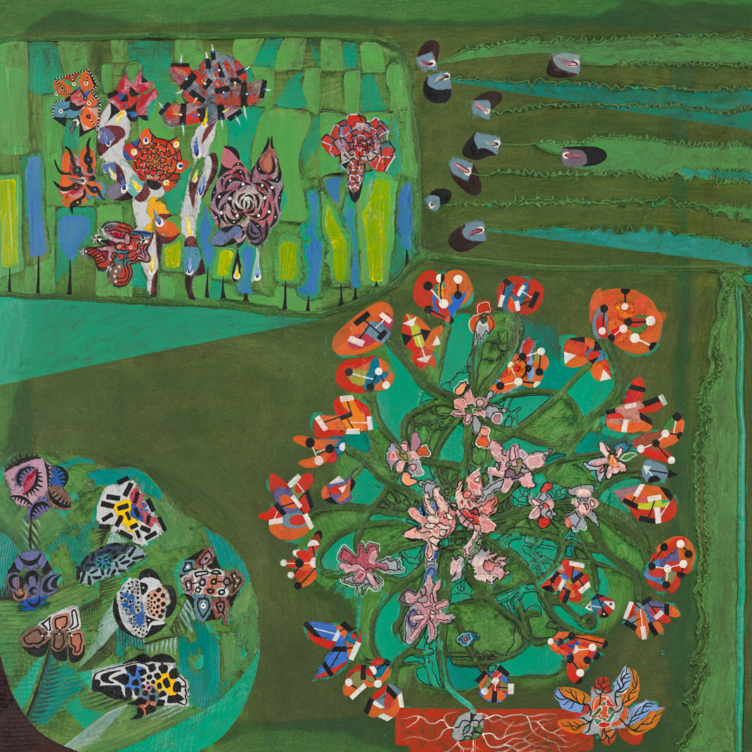 Garden of Delight
Garden of Delight
 Stitching the Archives
Stitching the Archives
 A Working-Class Hero
A Working-Class Hero
 Imagining Entangled Futures
Imagining Entangled Futures
 Bridging Far and Near
Bridging Far and Near
 Soft Power
Soft Power
 Imagining Emancipation
Imagining Emancipation
 A Priceless Portrait
A Priceless Portrait
 Meditation in Monochrome
Meditation in Monochrome